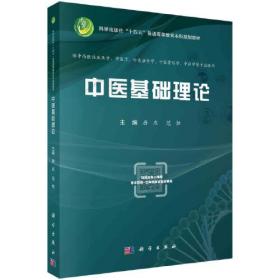
中医基础理论
全新正版未拆封
¥ 76.62 6.0折 ¥ 128 全新
仅1件
山东济宁
认证卖家担保交易快速发货售后保障
作者唐庆;范恒
出版社科学出版社
出版时间2023-07
版次1
装帧平装
上书时间2023-10-29
- 最新上架
商品详情
- 品相描述:全新
图书标准信息
- 作者 唐庆;范恒
- 出版社 科学出版社
- 出版时间 2023-07
- 版次 1
- ISBN 9787030760692
- 定价 128.00元
- 装帧 平装
- 开本 16开
- 纸张 胶版纸
- 页数 330页
- 字数 523.000千字
- 【内容简介】
- 中医基础理论课程属于中医学及其相关学科的专业基础课和入门课,为继续学习中医诊断学、中药学、方剂学、中医临床医学、中医预防医学及中医经典著作奠定理论基础。中医基础理论课程所涉及的内容是中医学理论体系的基石。中医基础理论课程的内容主要包括中医学的哲学基础、中医学的生理观、病理观及防治观等三部分。每个章节的标题都附有英文翻译,并在每个章节后附录了本章要点表解,以便学生学习和记忆。
- 【目录】
- 目录第一章 中医学理论体系概述A brief introduction to theory system of TCM 1第一节 中医学理论体系的形成和发展Formation and development of theory system of TCM 1一、中医学理论体系的形成Formation of theory system of TCM 1二、中医学理论体系的发展Development of theory system of TCM 3第二节 中医学理论体系的主要特点Main characteristics of theory system of TCM 5一、中医学理论体系的基本内容Basic content of theory system of TCM 5二、中医学理论体系的基本结构Basic structure of theory system of TCM 9三、中医学理论体系的基本特点Basic feature of theory system of TCM 10第三节 中医学思维方法的特点Characteristic of thinking method in TCM 19一、注重宏观观察Emphasize macroscopic observation 20二、注重整体研究Emphasize holistic research 21三、擅长哲学思维Good at philosophical thinking 22四、强调功能联系Emphasize functional connection 24第四节 中医基础理论课程的主要内容Main contents of fundamental theory course of TCM 25本章要点表解 26第二章 中医学的哲学基础Philosophic basis of TCM 28第一节 气一元论Theory of qi 29一、气的基本概念Basic concept of qi 29二、气一元论的基本内容Basic content of theory of qi 30三、气一元论在中医学中的应用Application of theory of qi in TCM33第二节 阴阳学说Yin-yang theory 35一、阴阳的基本概念Basic concept of yin-yang theory 36二、阴阳学说的基本内容Basic content of yin-yang theory 38三、阴阳学说在中医学中的应用Application of yin-yang theory in TCM 41第三节 五行学说Five-element theory 46一、五行的基本概念Basic concept of five elements 47二、五行学说的基本内容Basic content of five-element theory 48三、五行学说在中医学中的应用Application of five-element theory in TCM 52第四节 气一元论、阴阳学说、五行学说的关系Relationships among theory of qi,yin-yang theory and five-element theory 58一、气、阴阳、五行的关系Relationships among qi,yin-yang and five elements 58二、气一元论、阴阳学说、五行学说相互之间的关系Mutual relationships among theory of qi,yin-yang theory and five-element theory 59本章要点表解 62第三章 藏象Visceral manifestation 64第一节 五脏Five zang viscera 64一、心Heart 64二、肺Lung 68三、脾Spleen 72四、肝Liver77五、肾(附:命门)Kidney(Attached:life gate) 82第二节 六腑Six fu viscera 88一、胆Gallbladder 89二、胃Stomach89三、小肠Small intestine 91四、大肠Large intestine 92五、膀胱Bladder92六、三焦Triple energizer 93第三节 奇恒之腑Extraordinary fu viscera 94一、脑Brain 95二、女子胞(附:精室)Uterus with its appendages(Attached: essence chamber) 96三、髓Marrow 97第四节 形体官窍Physique, sense organs and orifices 98一、形体Physique 98二、官窍Sense organs and orifices 103三、五脏外华Manifestations of five zang viscera 112第五节 脏腑之间的关系Relationship of zang-fu viscera 113一、脏与脏之间的关系Relationship between zang viscera 113二、腑与腑之间的关系Relationship between fu viscera 118三、脏与腑之间的关系Relationship between zang and fu viscera 118四、五脏与奇恒之腑之间的关系Relationship between zang and extraordinary fu viscera 120第六节 人体的生命活动与五脏调节Life activities of human body and regulation of five zang viscera 122一、神志活动Mental activity 122二、血液循环Circulation of blood 125三、呼吸运动Respiratory motion 126四、消化吸收Digestion,absorption 127五、水液代谢Water-liquid metabolism 127六、生长生殖Growth,reproduction 128本章要点表解 130第四章 精、气、血、津液Essence,qi,blood,fluid and liquid 136第一节 精Essence 136一、人体之精的基本概念Basic concept of human essence 136二、人体之精的代谢Metabolism of human essence 137三、人体之精的功能Function of human essence 138四、人体之精的分类Classification of human essence 139第二节 气Qi 140一、人体之气的基本概念Basic concept of human qi 140二、人体之气的形成Formation of human qi 141三、人体之气的运动与气化Movement and transformation of human qi 142四、人体之气的功能Function of human qi 144五、人体之气的分类Classification of human qi 146第三节 血Blood 150一、血的基本概念Basic concept of blood 150二、血的生成Production of blood 150三、血的运行Flow of blood 152四、血的功能Function of blood 153第四节 津液Fluid and liquid 154一、津液的基本概念Basic concept of body fluid and liquid 154二、津液的代谢Metabolism of fluid and liquid 155三、津液的功能Function of fluid and liquid 157四、五脏化液Five secretions derived from five zang viscera 158第五节 气血津精液之间的关系Relationship among qi,blood,essence,fluid and liquid 159一、气与血的关系Relationship between qi and blood 159二、气与津液的关系Relationship among qi,fluid and liquid 161三、精、血、津液之间的关系Relationship among essence,blood,fluid and liquid 162四、精气神之间的关系Relationship among essence,qi and spirit 163本章要点表解 164第五章 经络Meridian and collateral 167第一节 经络学说概述Introduction of meridian theory167一、经络的基本概念Basic concept of meridian and collateral 167二、经络学说的形成Formation of meridian theory 167三、经络系统的组成Composition of meridian system 170第二节 十二经脉Twelve meridians 172一、十二经脉的名称Names of twelve meridians 172二、十二经脉的走向和交接规律Direction and transition rule of twelve meridians 172三、十二经脉的分布规律Distribution rule of twelve meridians 173四、十二经脉的表里关系Exterior-interior relationship of twelve meridians 174五、十二经脉的循行Circulations of twelve meridians 175第三节 奇经八脉Eight extra meridians 177一、奇经八脉的概念及生理特点Concept and physiological characteristics of eight extra meridians 177二、奇经八脉的循行及其生理功能Follow-up and physiological function of eight extra meridians 178第四节 经别、络脉、经筋、皮部Divergent meridians,collaterals,tendons and skin regions 181一、经别Divergent meridians 181二、络脉Collateral 183三、经筋Tendons 185四、皮部Skin regions 187第五节 经络的生理功能Physiological function of meridians 187第六节 经络学说的应用Application of meridians theory 189本章要点表解 191第六章 体质Constitution 195第一节 体质学说的基本概念Basic concept of constitution theory 195一、体质的基本概念Basic concept of constitution 195二、体质的构成Composition of constitution 195三、体质的标志S
点击展开
点击收起
— 没有更多了 —

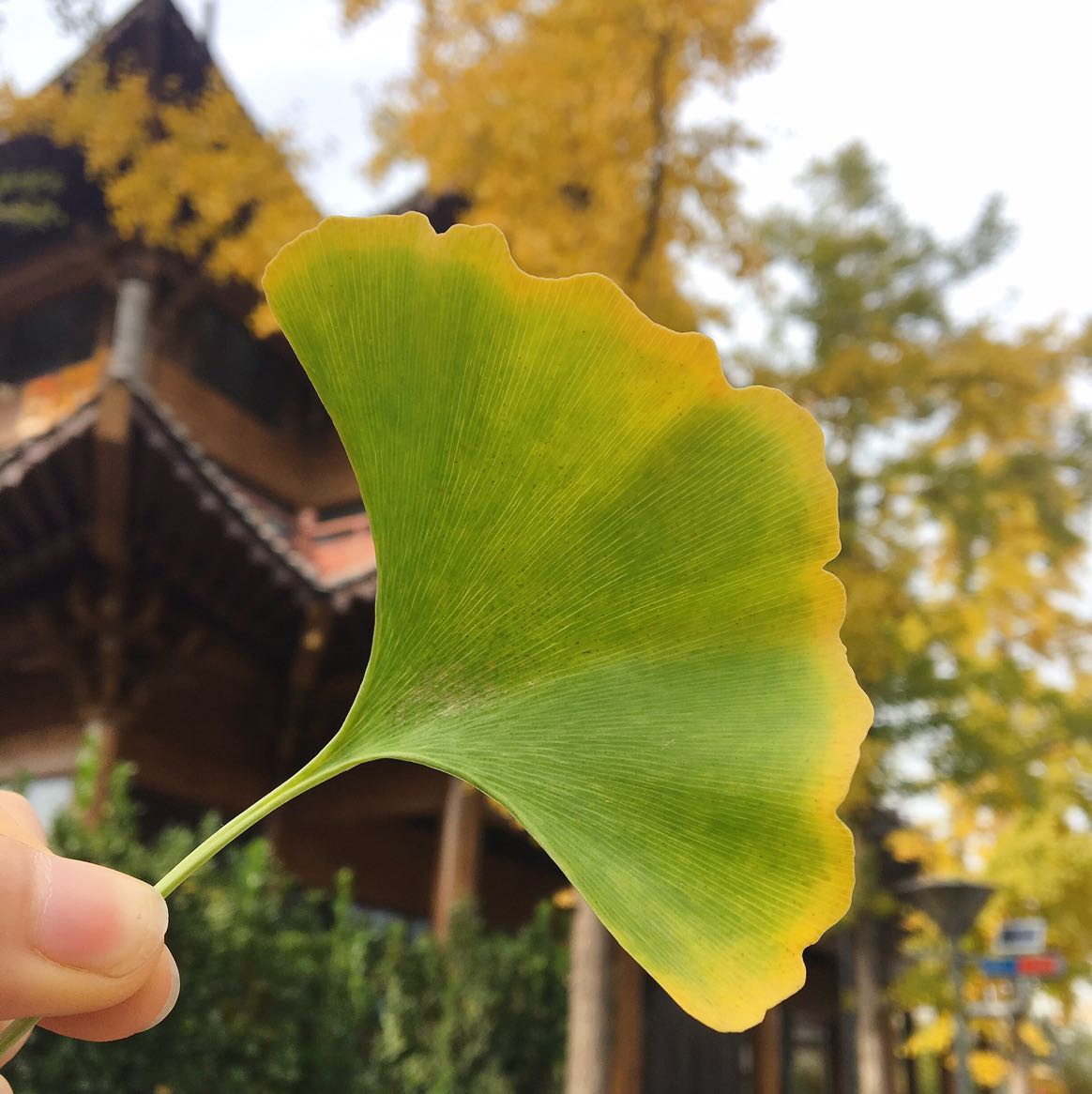
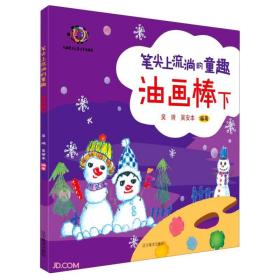
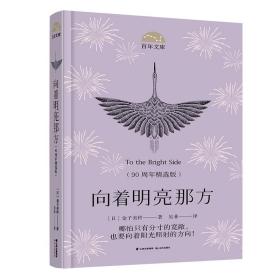
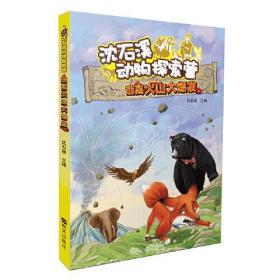
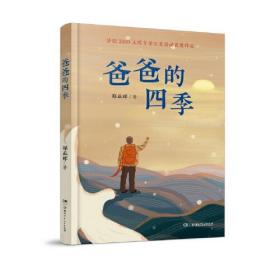
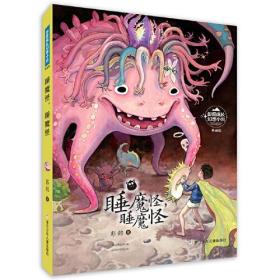
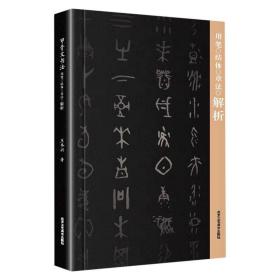
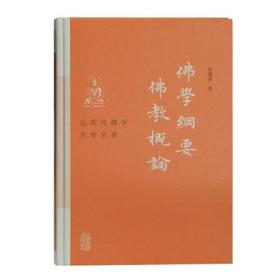
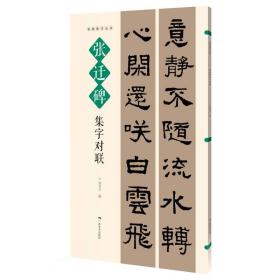


以下为对购买帮助不大的评价